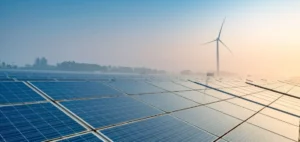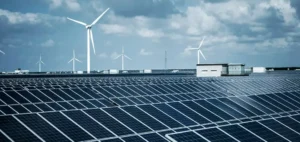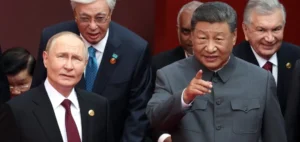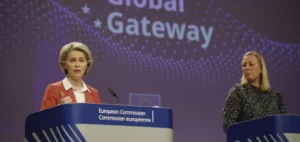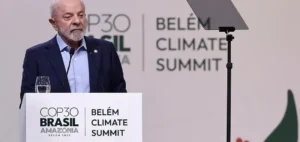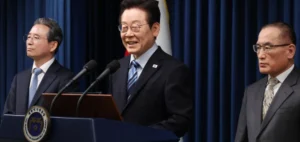Tokyo has called on Beijing to “guarantee the safety of Japanese residents in China” after a wave of telephone harassment aimed at Japanese companies, triggered by the controversial discharge of wastewater from Fukushima.
China at odds: Growing tensions over Fukushima water discharge and trade repercussions
China has strongly opposed the discharge of water from Fukushima, filtered and diluted according to a plan validated by the International Atomic Energy Agency (IAEA), and has notably suspended all imports of seafood from Japan. Calls from China began flooding Japanese businesses on Thursday, when operator Tepco, which manages the plant and the discharge into the sea, began discharging the water used to cool the stricken nuclear reactors at the Fukushima Daiichi nuclear power plant.
Hiroyuki Namazu, Japan’s top diplomat in charge of Asian and Oceanian affairs, asked senior officials at the Beijing embassy in Tokyo to call for calm, according to a Japanese Foreign Ministry statement late Saturday. Similar incidents have also occurred in China targeting Japanese establishments, Mr. Namazu told Chinese diplomats according to the statement.
Safety of Japanese residents: Calls for action to prevent harassment of Japanese residents
“We urge the Chinese government to take appropriate measures, including calling on its citizens to act calmly, and to take all possible steps to ensure the safety of Japanese residents in China and Japanese diplomatic missions in China,” Namazu said in the statement.
The Tokyo embassy in Beijing has separately asked its citizens to refrain from speaking loudly in Japanese. A Fukushima businessman quoted by Kyodo news agency said his four restaurants and pastry shops had received a total of around 1,000 calls on Friday, most of them from China, prompting his businesses to disconnect their lines.
The mayor of Fukushima City, Hiroshi Kohata, said in a post on the social network Facebook on Saturday that the town hall had received around 200 similar calls in two days, and that local schools, restaurants and hotels had also been affected. On social networks, Chinese Internet users have been sharing videos of themselves calling Japanese numbers.
Gradual evacuation of tritiated water from Fukushima: Japanese plan to 2050
In total, Japan plans to discharge over 1.3 million m3 of tritiated water from Fukushima into the Pacific Ocean, and to do so extremely gradually – until the early 2050s, according to the current timetable. This water comes from rain, groundwater and the injections needed to cool the cores of the plant’s three reactors, which had melted down after the 2011 tsunami.
It was treated to remove all radioactive substances except tritium, then diluted with seawater before being discharged into the ocean, to ensure that its radioactivity level did not exceed the target limit of 1,500 Bq/L. On Sunday, Japan’s Ministry of the Environment said that a new analysis of the water off the coast of Fukushima had not revealed elevated levels of tritium, and showed no signs of gamma radiation that might have come from other radioactive material.









